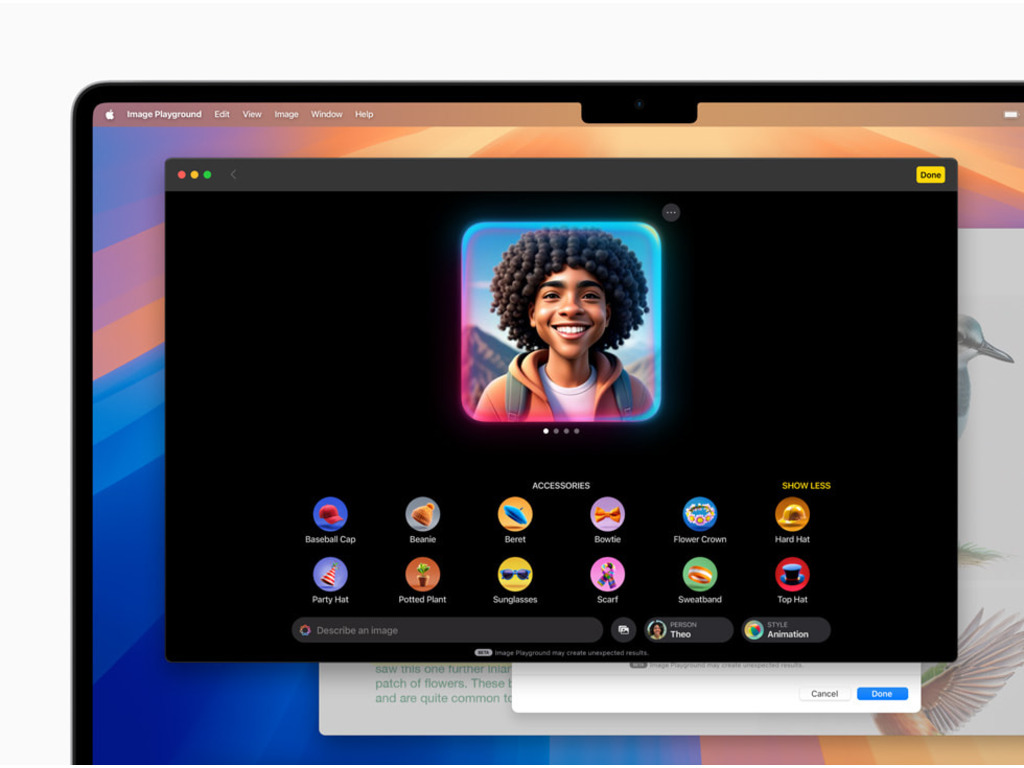Meta has struck a deal to settle for $50 million with the Office of the Australian Information Commissioner (OAIC) regarding the Cambridge Analytica incident from 2018. This settlement is aimed at compensating Australians whose Facebook data was collected and used for targeted political advertising.
Breach of Privacy Act
The OAIC issued a statement, highlighting, "The personal information of some Australian Facebook users was disclosed to the This is Your Digital Life app in violation of the Privacy Act 1988 (Cth)." As part of the agreement, the OAIC will drop the civil penalty proceedings that have been in effect since February 2024.
Payment Scheme Details
Meta will implement a payment scheme that will be managed by an independent third-party administrator. The company plans to announce this mediator at the beginning of next year. The compensation will be available for individuals who meet these criteria:
1) They had a Facebook account from November 2, 2013, to December 17, 2015.
2) They were in Australia for more than 30 days during that timeframe.
3) They either installed the This is Your Digital Life app or were friends on Facebook with someone who did.
Two-Tier Payment System
There will be two levels within this payment system. The first tier allows individuals to apply for a base payment "if they feel they experienced generalized concern or embarrassment because of the matter." The second tier is for those who can provide evidence of loss or damage due to the incident, making them eligible for a higher compensation amount.
"Today’s settlement marks the largest payment ever made to address privacy concerns for individuals in Australia," stated Commissioner Elizabeth Tydd in a press release.
"It signifies a major resolution to the privacy issues raised by the Cambridge Analytica situation, offers affected Australians a chance to seek compensation through Meta’s payment program, and puts an end to a prolonged court process," Tydd further explained.






















